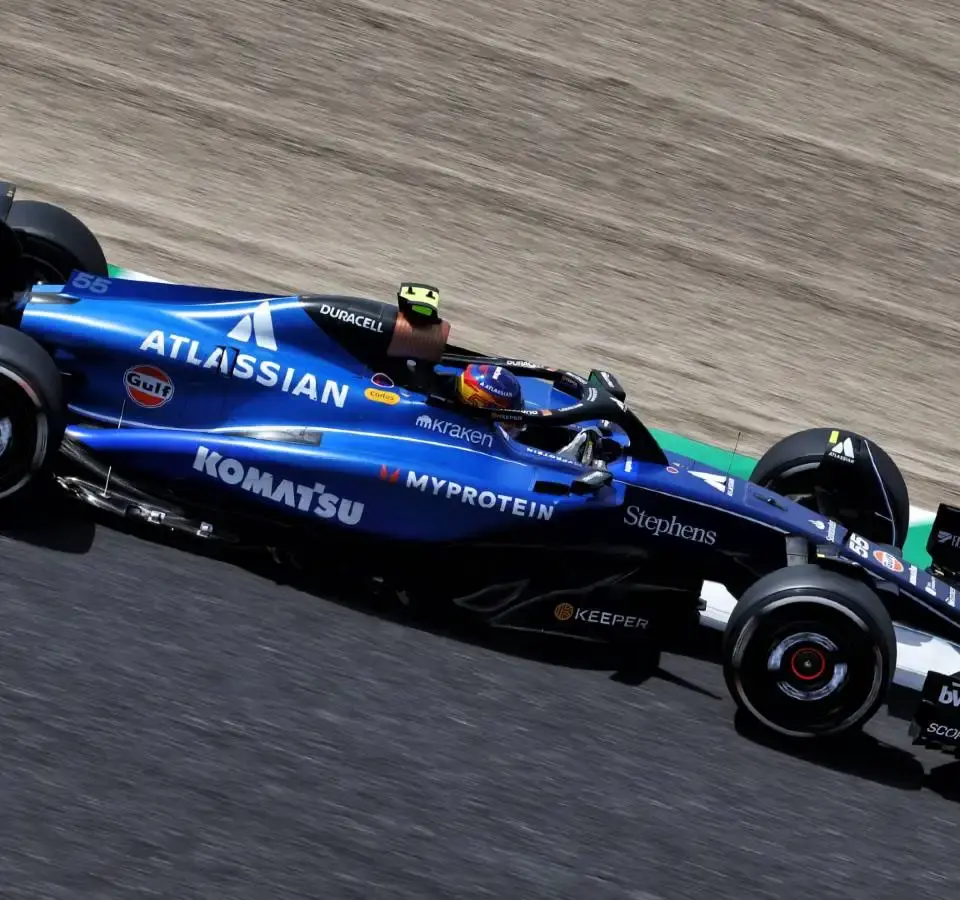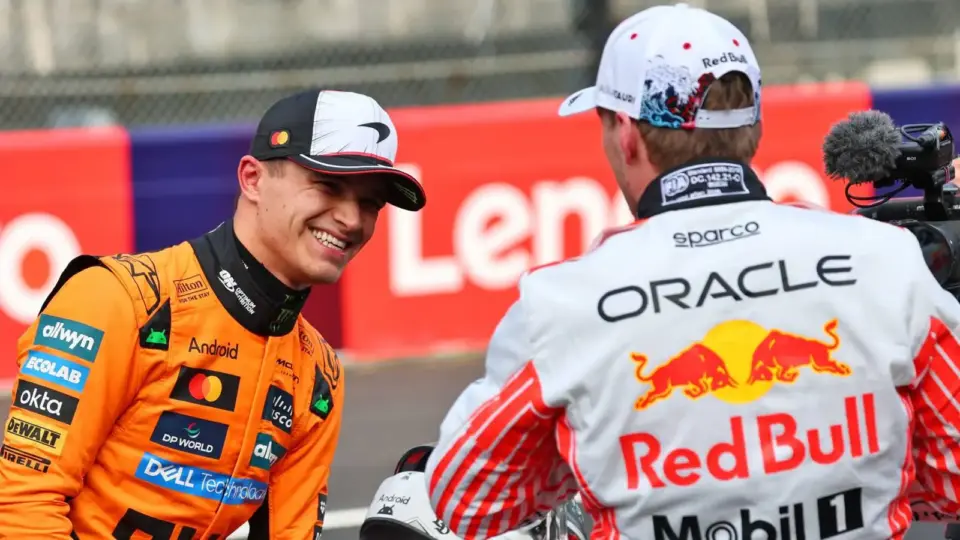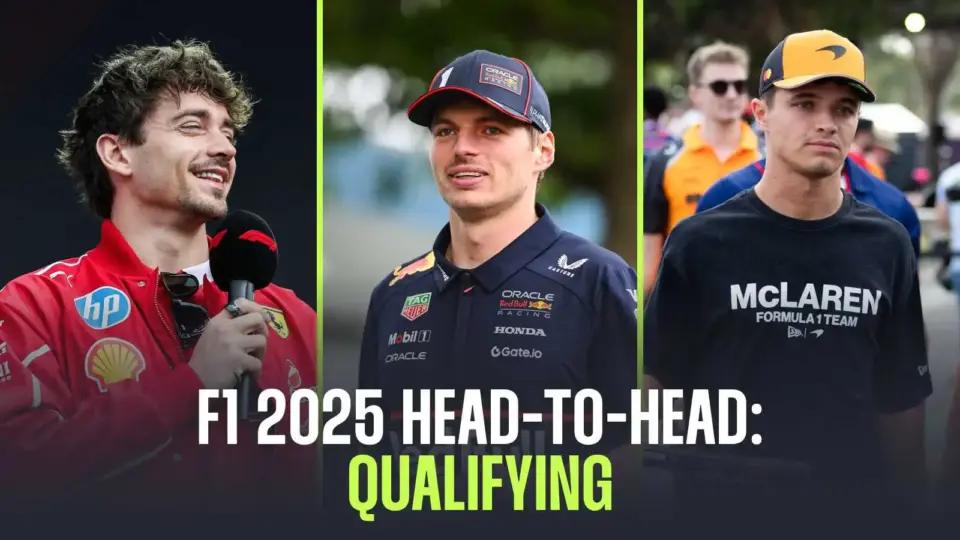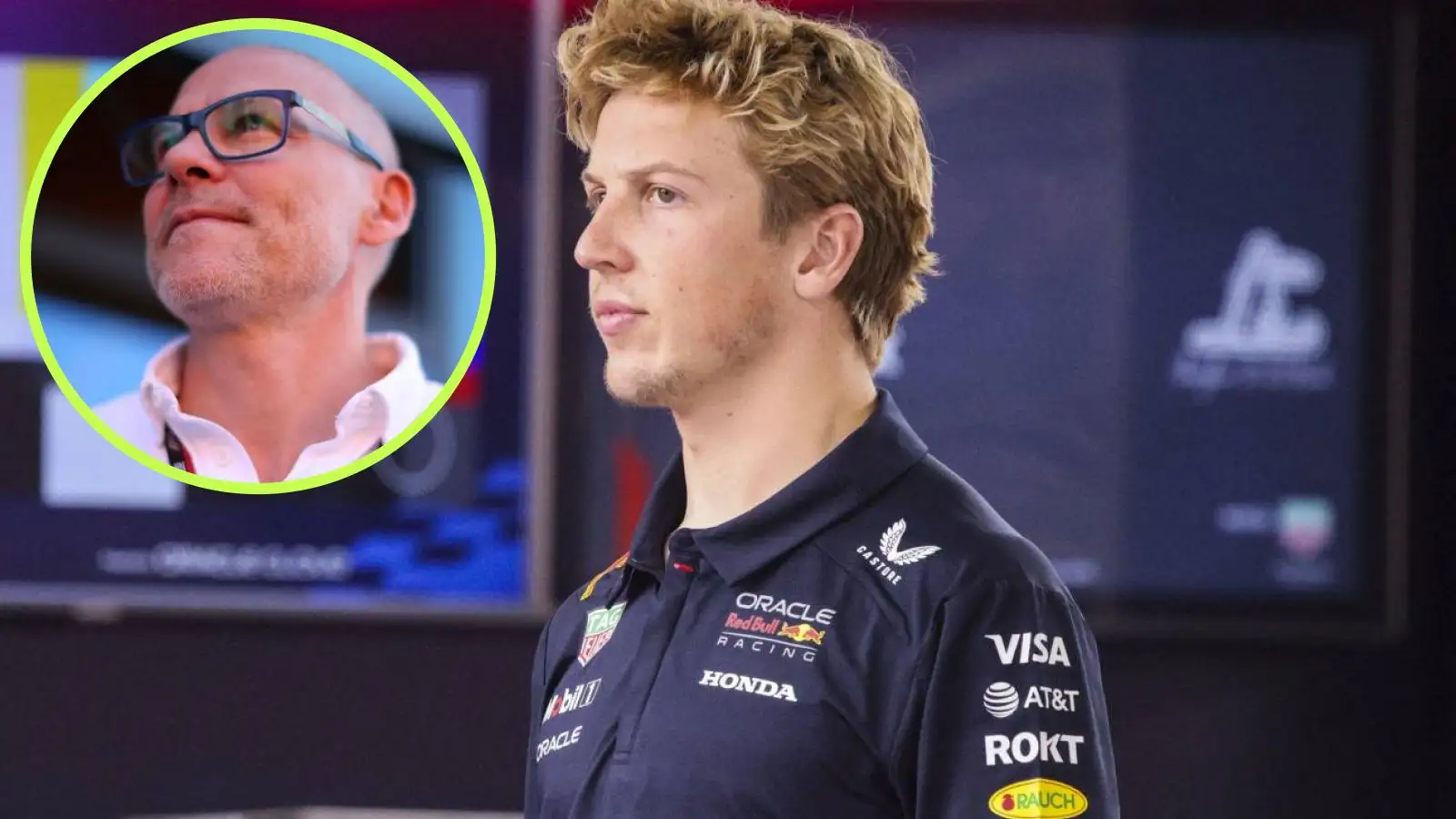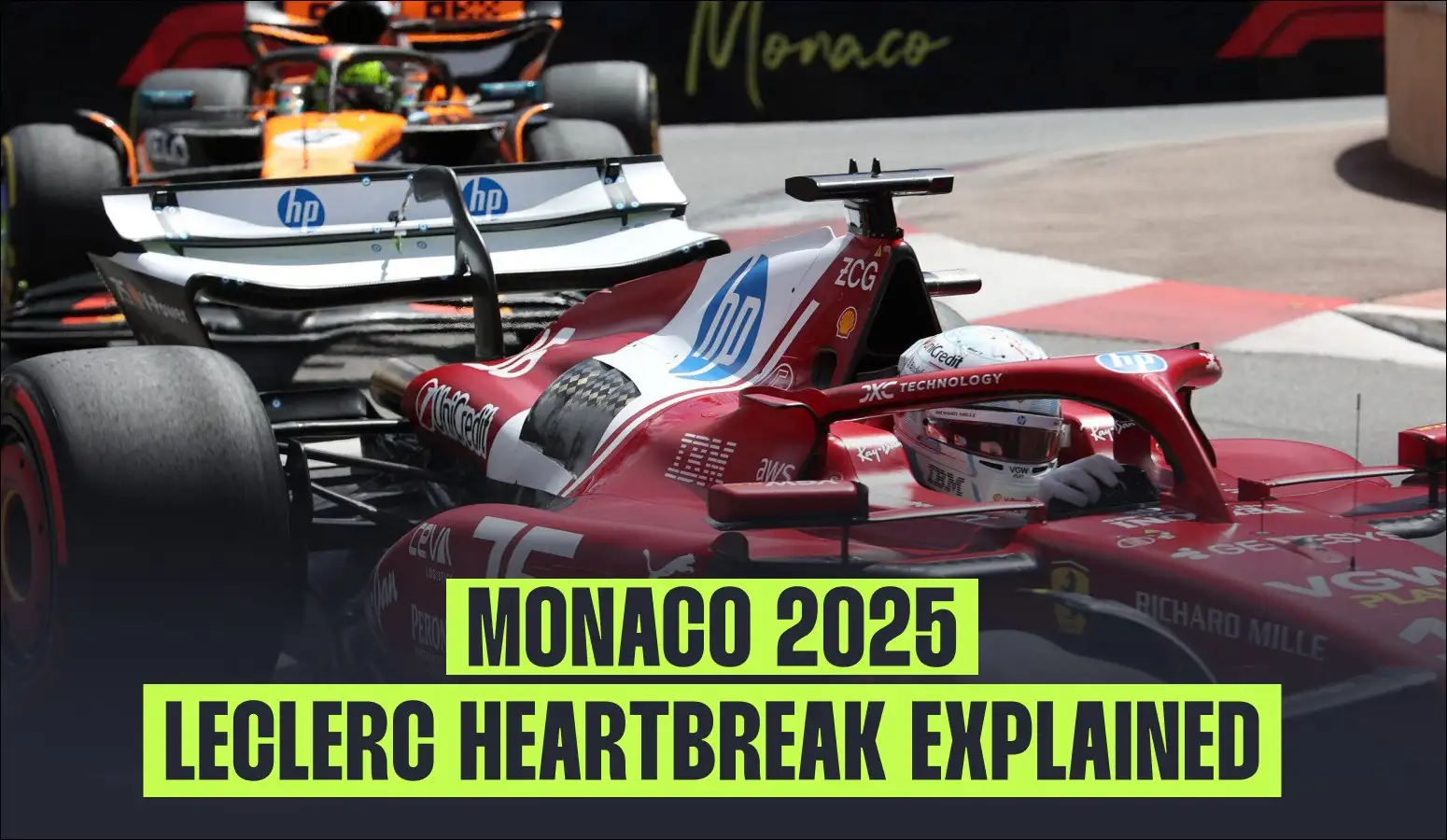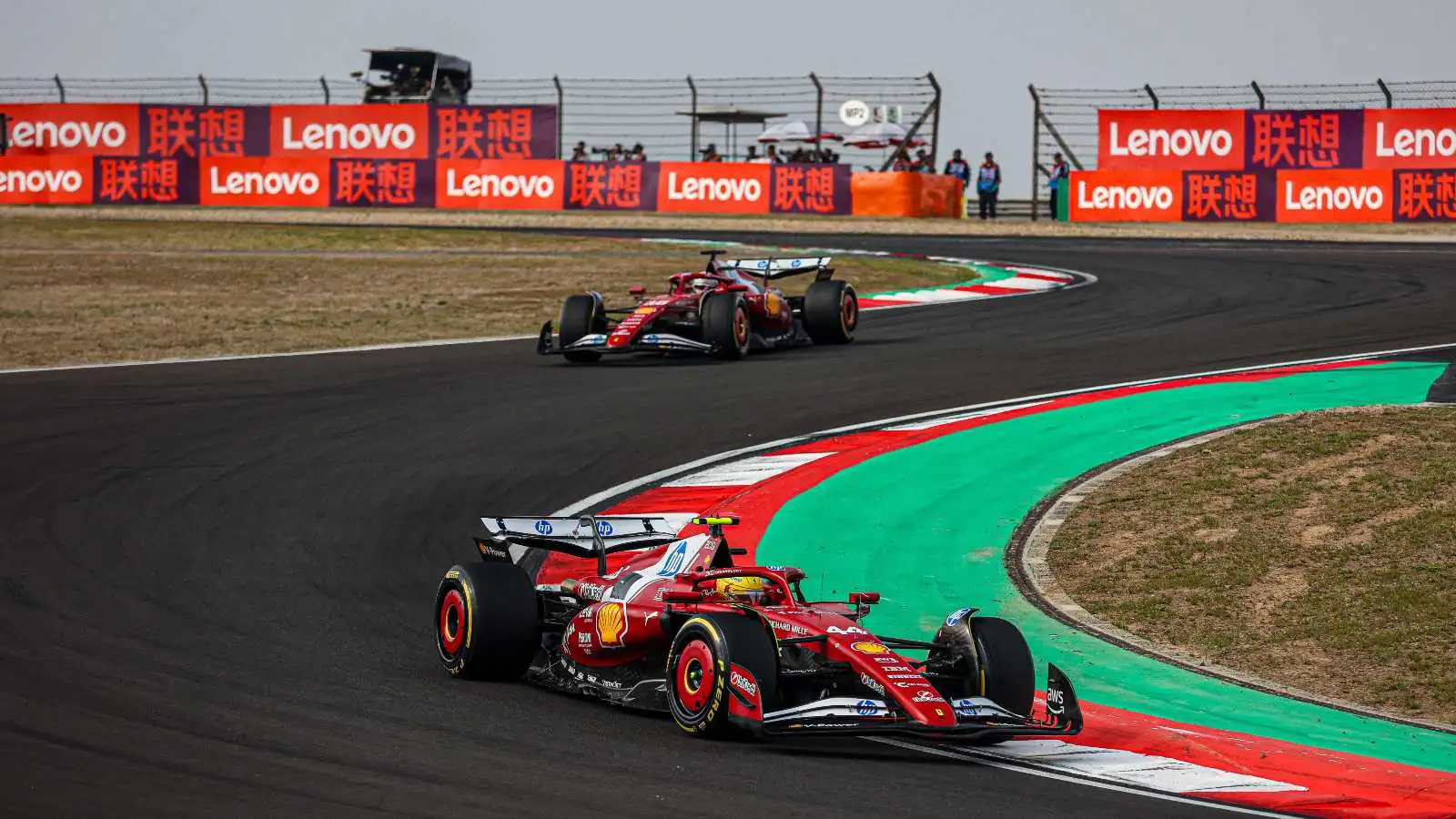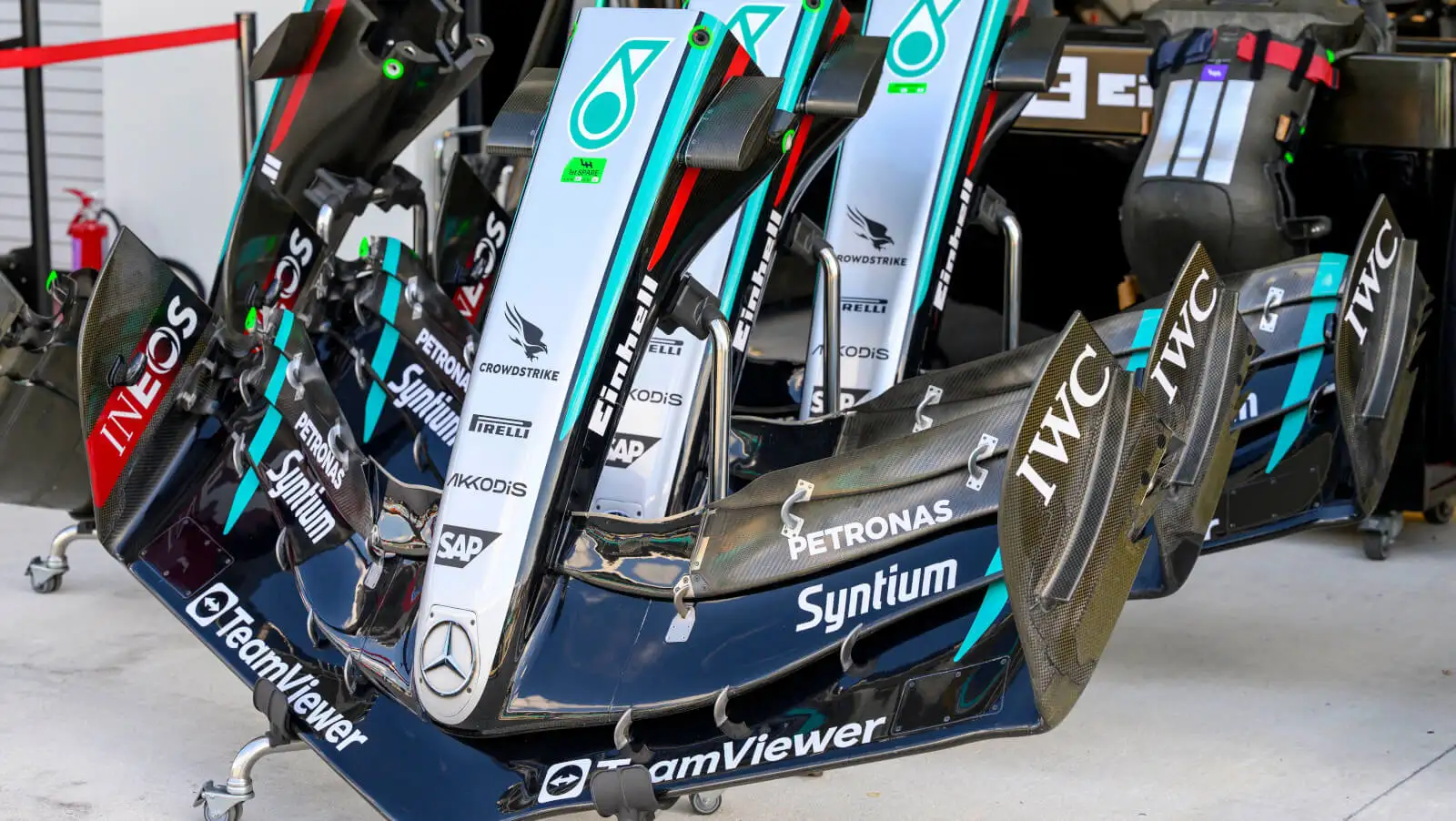In the fast-paced world of Formula 1, the unexpected often happens. Just ask Carlos Sainz and Lewis Hamilton, who found themselves entangled in a qualifying incident at the Japanese Grand Prix. As cars zoomed around the circuit, tension brewed, eventually catching the stewards’ attention.
Qualifying incidents are not uncommon, but this one has the paddock talking. With high speeds and tighter corners at Suzuka, the stakes are higher than ever. The FIA has laid down its judgment, and now it’s time to delve into what happened on that intense day.
Collision Course: The Incident Unfolds
During the second qualifying session, Lewis Hamilton set out on a flying lap, hoping to secure a solid position for the race. However, his plans came to a screeching halt when he encountered Carlos Sainz moving slowly through the early corners.
The stewards were keen to investigate such an incident, especially at a circuit as demanding as Suzuka. Hamilton pushed past and made it into Q3, but the questions were only just beginning.
As soon as the session wrapped, both drivers were summoned to explain the scenario. The stop-and-go nature of the situation had raised eyebrows, prompting the FIA to look closely at the details.
The Stewards’ Verdict
After deliberations, the stewards handed Sainz a three-place grid penalty. This decision rippled through the paddock, affecting both teams and driver strategies.
A blend of driver error and miscommunication had sealed Sainz’s fate. The Formula 1 rulebook is clear; blocking, intentional or not, is frowned upon, especially when it disrupts the momentum of a competitor on a fast lap.
With Article 37.5 underpinning their decision, the stewards emphasized the need for diligence. It’s a rule that doesn’t waver, but Sainz might argue it was a tad unforgiving this time.
Sainz Speaks Out
Post-qualifying, Sainz was vocal about his surprise at the penalty. “I got no warning from the team on this one,” he noted. It seemed a lapse in communication had left him in the dark.
Despite the penalty, Sainz was quick to admit that the team could have been more vigilant. “We, as a team, messed up,” he said, eyeing improvements in future sessions.
Sainz’s frustration was tangible, as starting 16th on the grid was not part of the plan. Meanwhile, Lewis Hamilton’s team played a waiting game, their driver unaffected by the fracas.
Spotlight on Suzuka
The Suzuka track is infamous for its tight turns and relentless pace, making grid positioning vital.
In this setting, Lewis Hamilton had already dealt with prior penalties in China, heightening his focus in Japan. His experience played a crucial role in deftly maneuvering around the traffic jam Sainz had inadvertently caused.
Qualifying tends to be a tactical puzzle; this race proved no exception.
Strategic Implications
Sainz’s penalty shifted the grid, nudging Liam Lawson and Yuki Tsunoda up the ranks. These changes not only affected the drivers but the teams’ game plans going forward.
The penalty highlighted the thin margin between success and setback in F1. A split-second error can alter not just a race, but the entire championship picture.
Navigating through the season demands foresight, especially in circuits like Suzuka where unpredictability reigns.
What the Future Holds
Both Sainz and Hamilton eye forthcoming races with lessons learned. Regaining form is crucial for Sainz, aiming to climb back up the rankings.
For Hamilton, dodging qualifying woes cleared one hurdle, but maintaining focus and precision remains essential.
Formula 1’s demanding calendar leaves little room for error. Each race acts as a stepping stone towards the coveted title, where every point counts.
Behind the Scenes
Off the track, FIA meetings abound as teams dissect every second to glean insights. These discussions often carry more weight than the race itself.
As regulations tighten, strategies evolve. Teams and drivers alike must adapt or risk falling behind.
The paddock buzzes with post-race analysis, each driver sharpening their approach based on the constant feedback loop that F1 demands.
Reflecting on the Season
A Japanese Grand Prix with Sainz-initiated drama may alter this season’s storyline. Such moments test the resilience of drivers and teams.
Whether climbing upwards or grappling with penalties, each decision impacts the path ahead. The championship is a marathon, not a sprint.
Ultimately, how teams and drivers react to setbacks and victories defines their trajectory towards the final finish line.
Final Thoughts
In the whirlwind world of Formula 1, every twist and turn in racing stories adds to the allure that fans crave.
Although the incident might fade, its lessons linger. The Japanese Grand Prix exemplifies both the challenges and excitement inherent in this sport.
The penalty given to Carlos Sainz highlights the complexities of Formula 1, where every move is under scrutiny. While regulations are pillars, adaptability is key. From qualifying dramas to race day triumphs, the journey continues.
